My Healthy Fruit Tree Game Plan

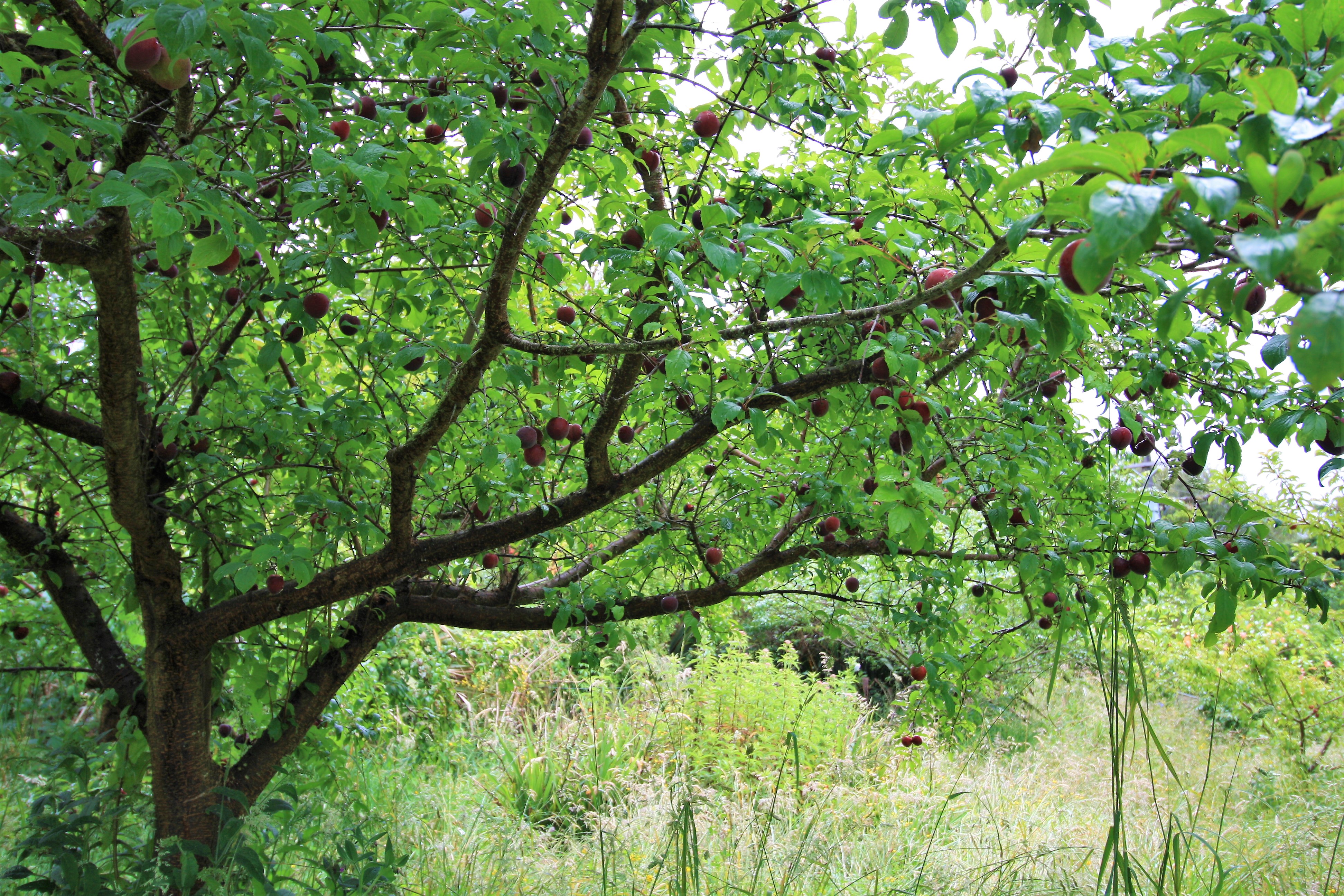
A diverse environment around your deciduous fruit trees is the answer to all your fruit tree problems. Yes! Truly! All of them! Get a bit wild, my friends and loose the tidy. Engage as broad a range of plants, trees, shrubs, a pond if you can - even a small one and perhaps an animal or two to wander though at chosen times. The cascade of benefits that flow from this set up is far reaching.
It begins below ground. The beneficial fungal network (mycorrhiza) establishes in undisturbed, wild, unsprayed places and spreads far and wide. It plugs into the root systems, integrating them into a communication highway that facilitates support and nourishment to all who belong. Its truly wonderous.
An environment such as this isn't built in a day. Mostly we've inherited monocultures with no spine - weakened via over fertilisation and ag chem spraying. A situation that is quickly reversed by developing a diverse, living environment such as I champion below.
Theres alot of info here - and you arent going to be able to implement it all in one hit. Just tick away. Keep returning to this and find new angles to put in action and before you know it, you'll have set the wheel in motion and can stand back and watch it spin, largely on its own.
I call this laying a strong foundation. Let me run you through the set up.
The right variety and rootstock
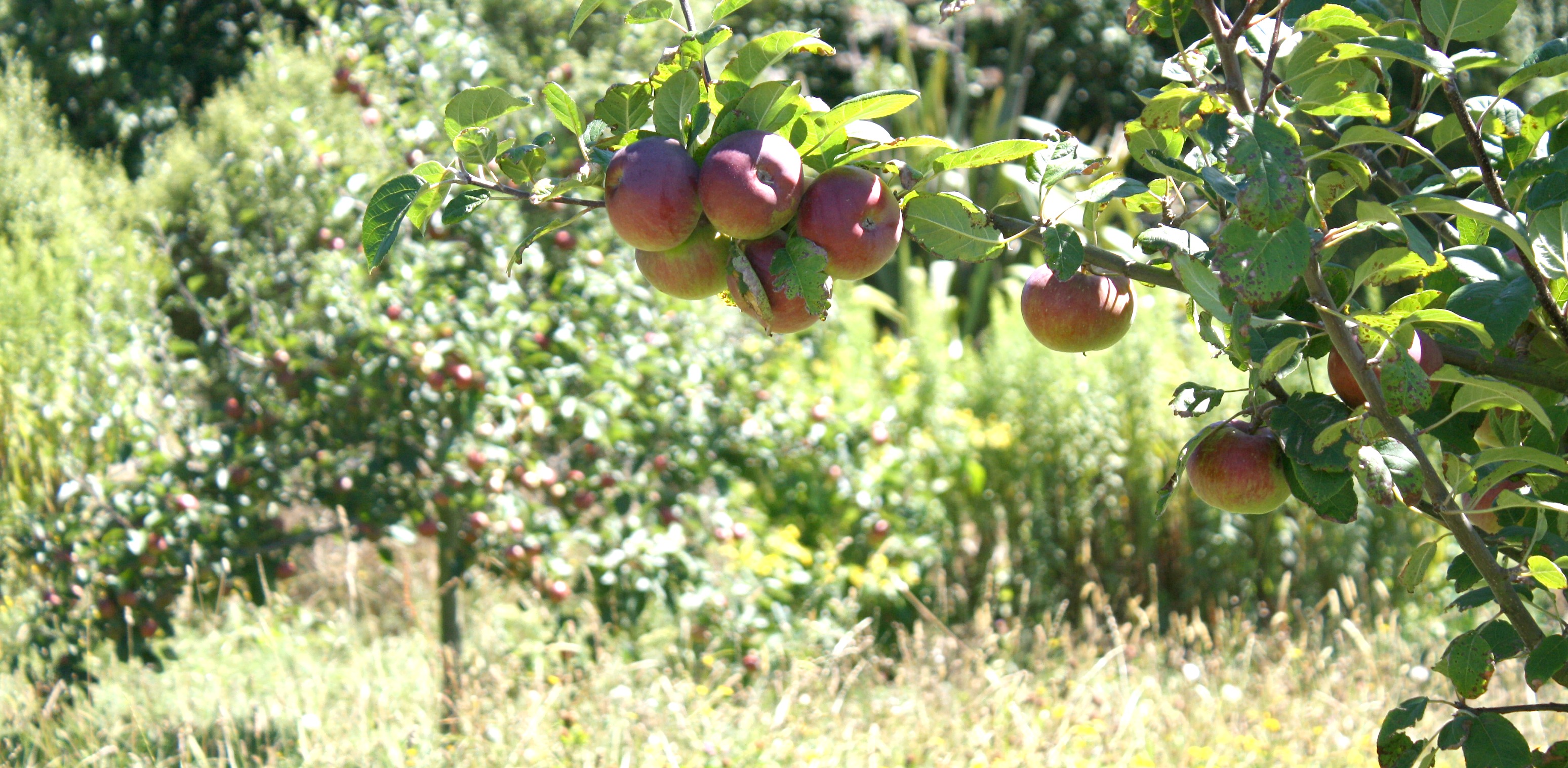
Start by ensuring the varieties you choose suit your climate and soil. This is key.
Varieties that don’t match will struggle and attract all manner of problems. Rootstocks too, must suit your soil conditions. Peach will struggle in clay as will plum in sand.
There's a feeling of pressure with fruit trees, to get them in fast due to the time they take to bear fruit. Rushing your tree research is a mistake. Take the time - ask local tree croppers, neighbours or the garden club. Use the time instead to develop herbal leys and gather woody mulches to get the mycorrhiza going.
Herbal ley

Create no dig, mulched areas at the base of each tree. If your trees aren't planted as yet - create the same style of no dig mulched areas where the trees are to be planted. Rather than lots of little circles go big! Perhaps 2 or 3 trees per mulched area, or mulch the whole fruit tree zone if its small enough.
If you haven't worked out tree locations as yet don't worry too much, piles of woody mulch are such a huge benefit overall, they'll never be wasted.
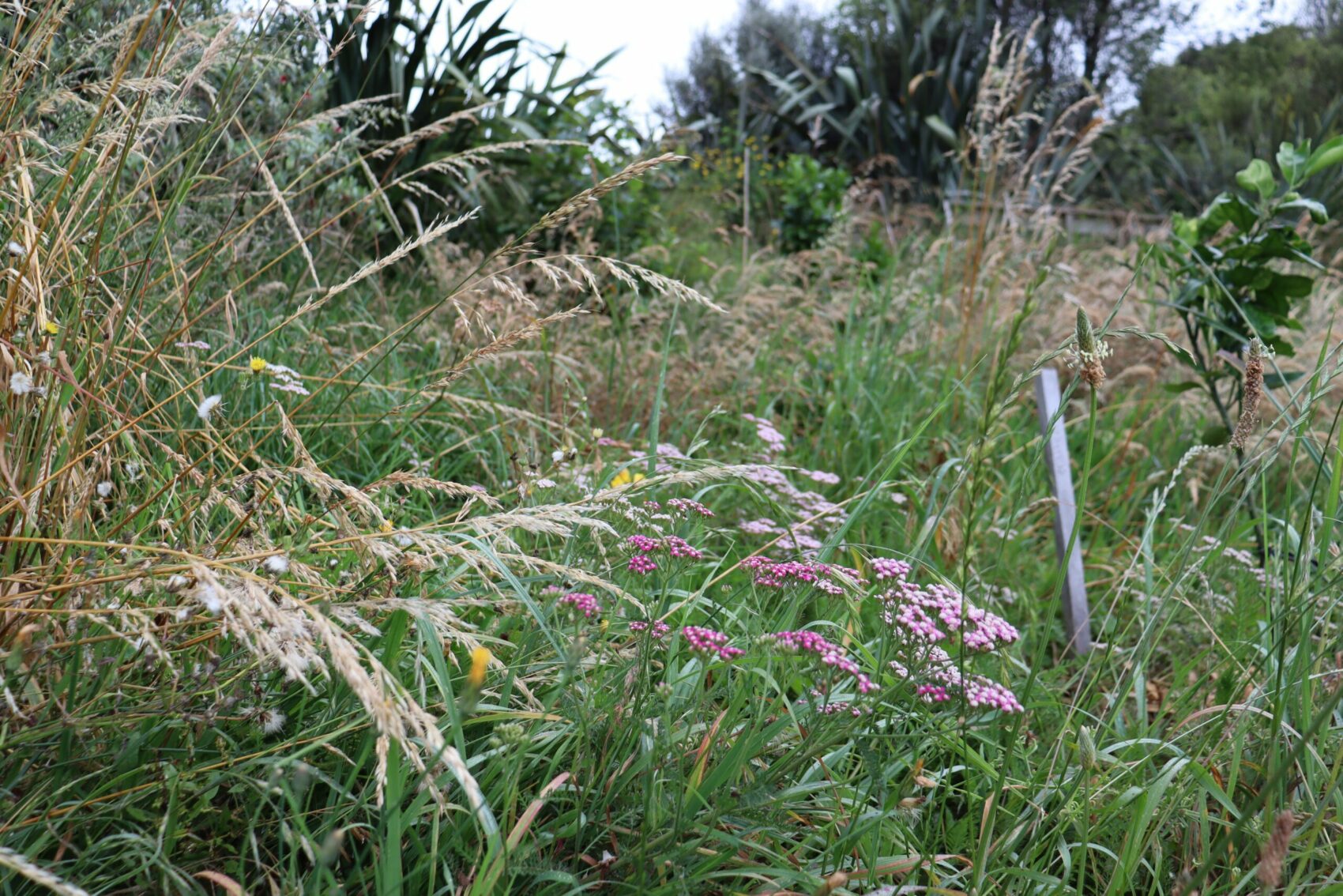
Between these mulched oasis, let the naturally occurring groundcover go as much as is practical. When allowed to fully express itself, it gets to perform the soil correction job it was sent to do and can then evolve to the next phase. Perhaps slash off the immature seedheads of any weed that's a bit too invasive or smother it with black plastic.
It may help you unhook your grip on tidy/ untidy, to sway your mind to the deep roots of the long grasses. Picture them drilling deep and wide - bringing air and stability and providing homes for a multitude of soil life. Above ground, honor the importance of the flowers and seedheads as fodder for the beneficial insects that are kin to your patch of earth.
Plant your mulched spots in a diverse range of herbs and perennials, whether at the feet of your trees, or as a pre cursor. Nutrition never looked more beautiful.
- Deep rooting companions like comfrey, chicory, horseradish, parsley and dandelion recycle nutrients, open clay and hold sand – they’re value is enormous. Comfrey beneath your trees saves you the job of mulching and brings a nutrient exchange like no other.
- Plenty of herbs and flowers to discourage pests with scents, and to feed beneficial insects and bring below ground diversity for a larger pool of biological life.
- Nitrogen fixers provide an ongoing nutrient exchange for free! You dont need loads, just dotted about. Grow clovers and or legumes on your orchard floor or nitrogen fixing shrubs/ trees throughout or on the border.
Sound nutrition
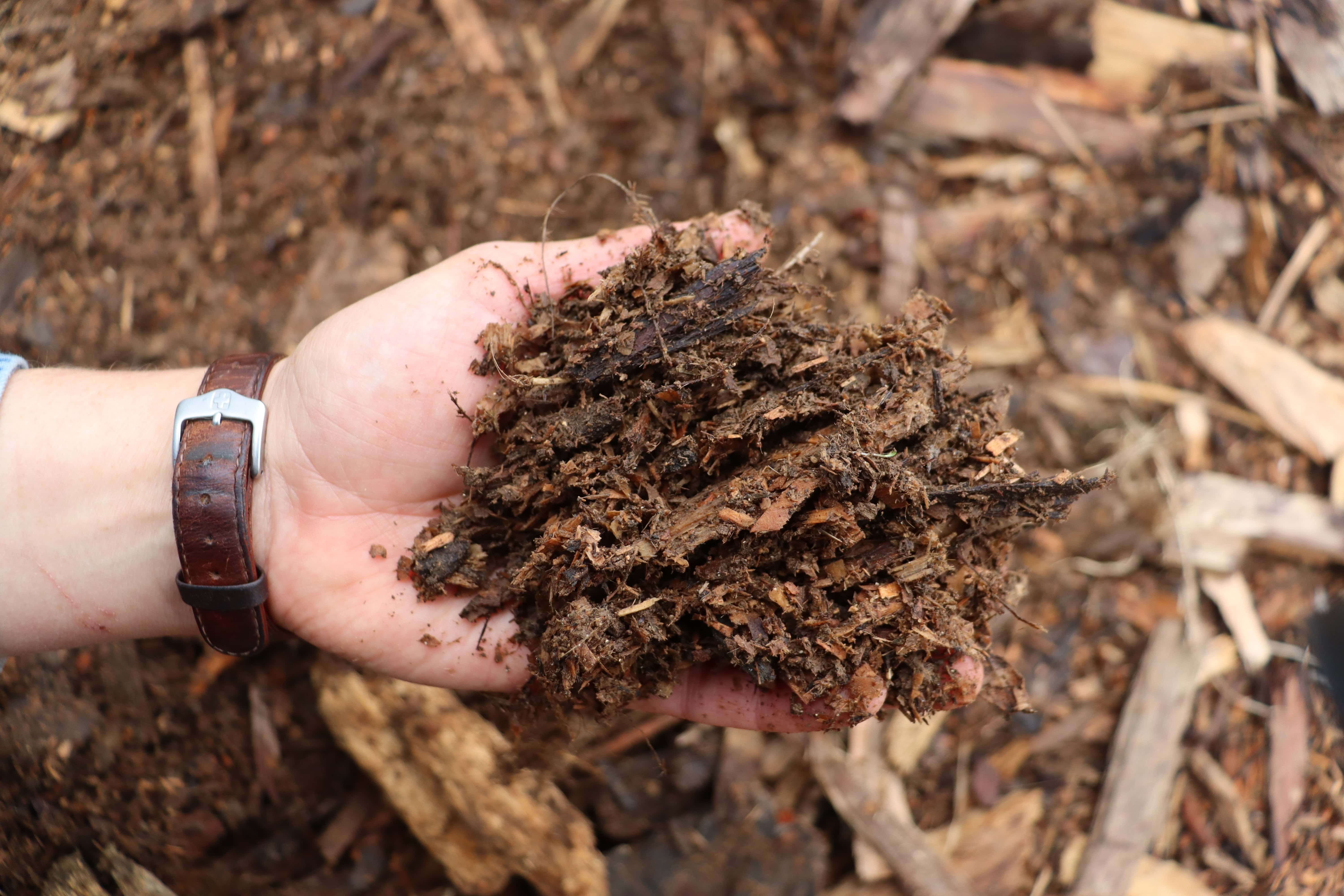
The end goal is a thriving mycoryhizal (beneficial fungi) network throughout your garden, so trees can self serve nutrients and immune support when needed. This is bought about with undisturbed soil, woody + leafy mulches, being chem spray free and a guild of companion plants.
This is not bought about with knee deep compost, sheep pellets, dead possums and all manner of richness.
Fruit trees and berries need a slightly different compost to vegies. The best support for woody perennial plants, is a compost made with slightly more carbonaceous ingredients to drive a strong fungal community - a strong fungal network in your soil is the secret to healthy fruit trees. Include dry crunchy stuff in your compost and a small amount of woodchip too so you end up with thin white fungal threads.
- Free draining soil is super important! This is something you need to sort before your trees go in. Wet soils have no air and tree roots need air for nutrient exchange.
- Mulch with a woody type mulch to retain moisture, prevent fungal splash back and stimulate a healthy fungal zone.
- Bits of log left beneath your fruit trees are an awesome way to promote good fungus and encourage diversity of life.
Light and air
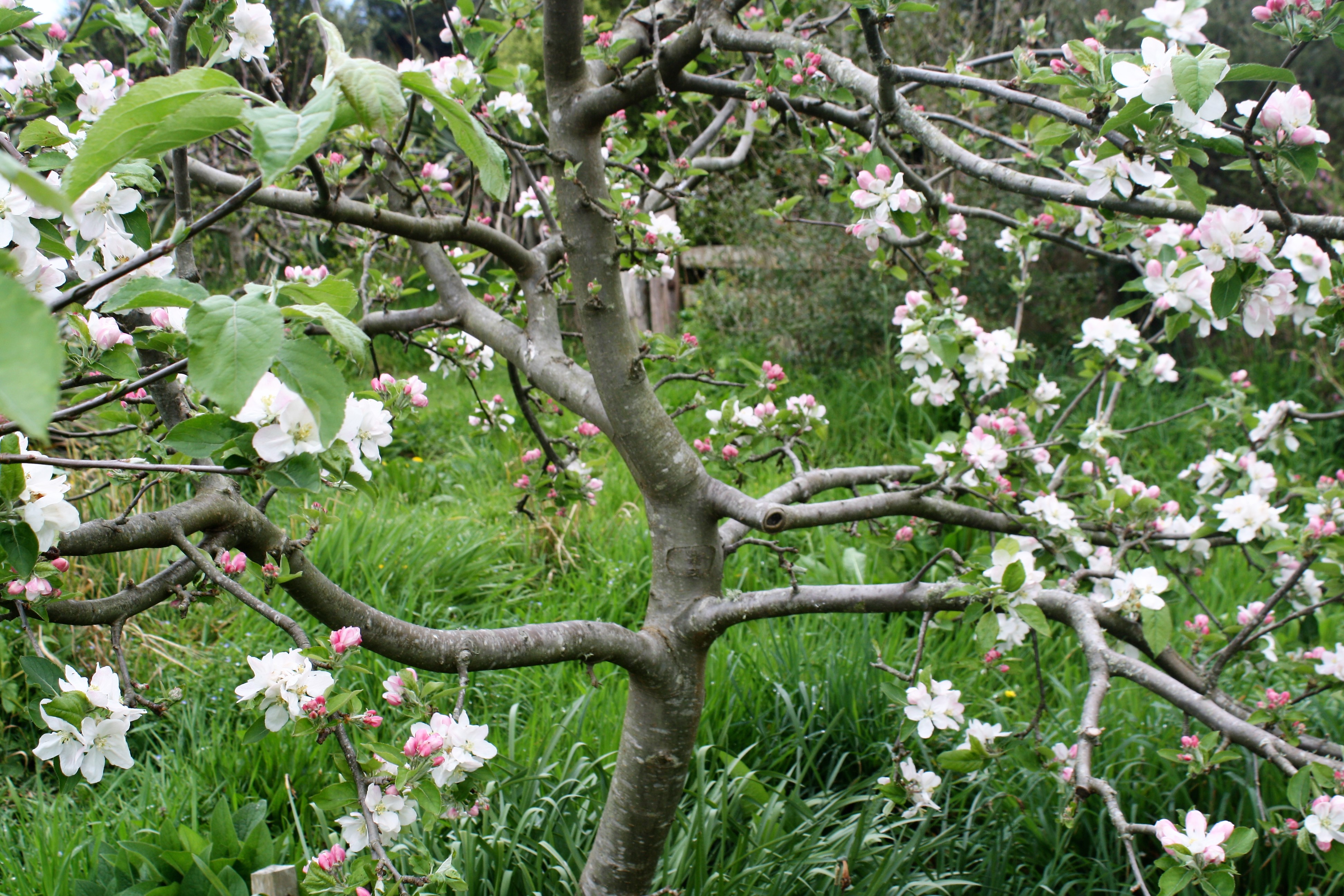
- Plenty of light makes for productive wood.
- Airflow prevents fungus and assists pollination.
- Prune and space your trees well.
Foliar sprays
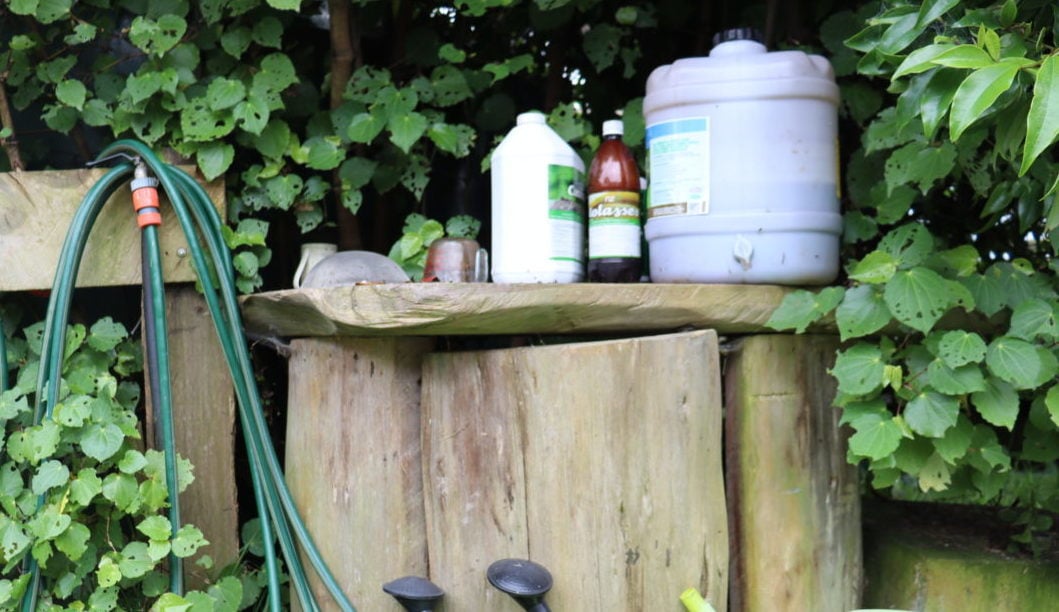
Biological sprays do your trees and the eco system around them the world of good - especially in the early days of orchard establishment. As you observe a lack of problems, lessen the sprays and watch what unfolds.
Spray for complete cover – bark and foliage, also the soil beneath – go nuts! You can mix the following sprays together in any combination for a lovely bio brew. A good back pack or hortex sprayer makes your spray go further and the job easy.
- EM or actived aerated compost tea - beneficial organisms that out-manoeuvre and out-compete detrimental fungi and bacteria. They speed decomposition to keep the orchard floor in top nick and boost ‘good’ fungi for balanced nutrition and strengthen immunity.
- Seaweed or hydrolysed Fish – for thicker cell wells, good all round nutrition, pest prevention, stronger roots via biological boost, for all round improved access to nutrient and immune boosting. Fish has the advantage of adding calcium, which is so important to tree health and a better input calcium than lime or gypsum in the absence of a soil test that advises them.
Hygiene
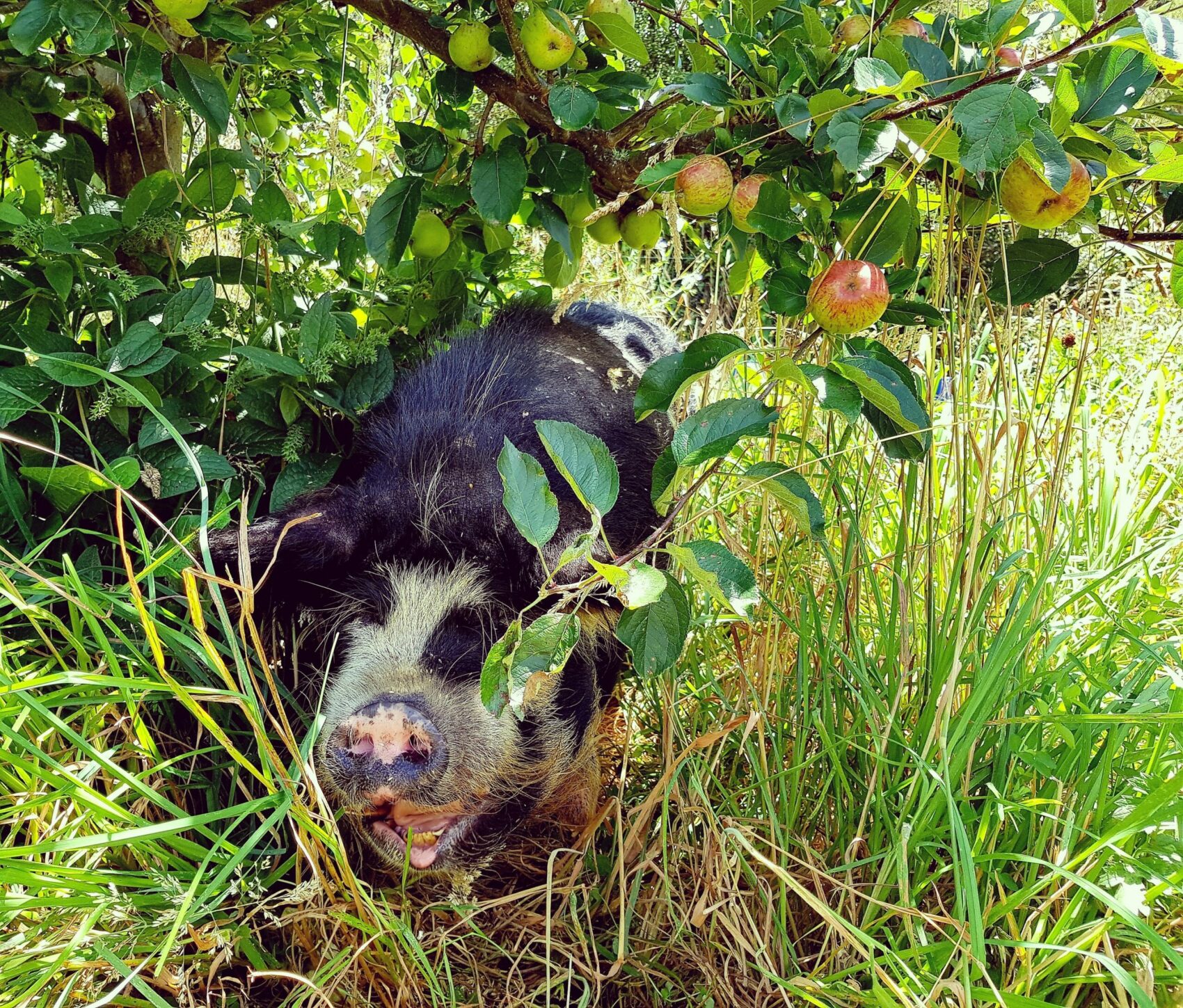
- Clean your pruning tools after pruning each tree to prevent the spread of disease. Vinegar and a rag in my bucket of tools is how I do it.
- Burn diseased prunings or drop them amongst natives/ shelterbelt to decompose
- Feed diseased fruits to your pigs or chooks or better yet get your animals beneath your trees in Autumn for another layer of diversity in your system.
Thoughtful pruning
Prune in dry weather only and don’t be too hard (or too soft) – just right 🙂
Strong cells and active soils make for robust plants that are better equipped to cope with any conditions. Will it be dry? Will it be wet? Hot? Cold? Windy? these things we just don’t know and can do nothing about. Will we be strong – this we can do, this we can count on.
Kath
